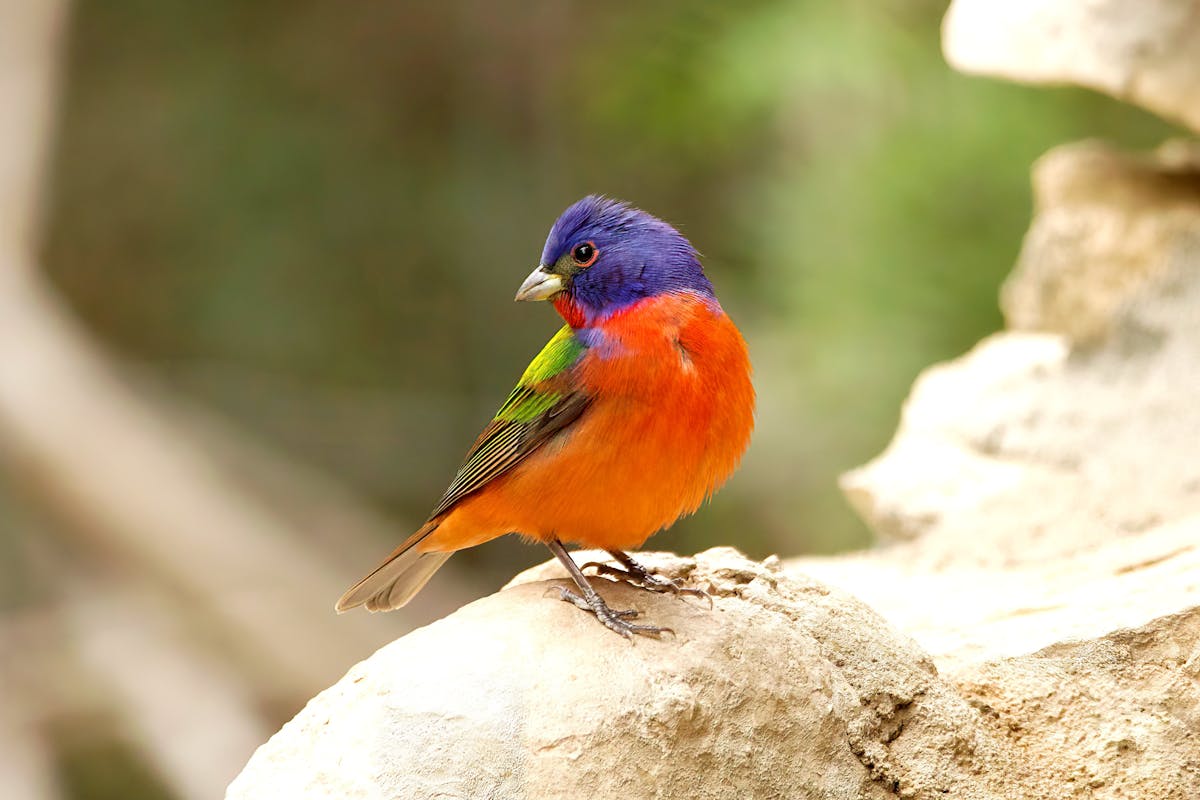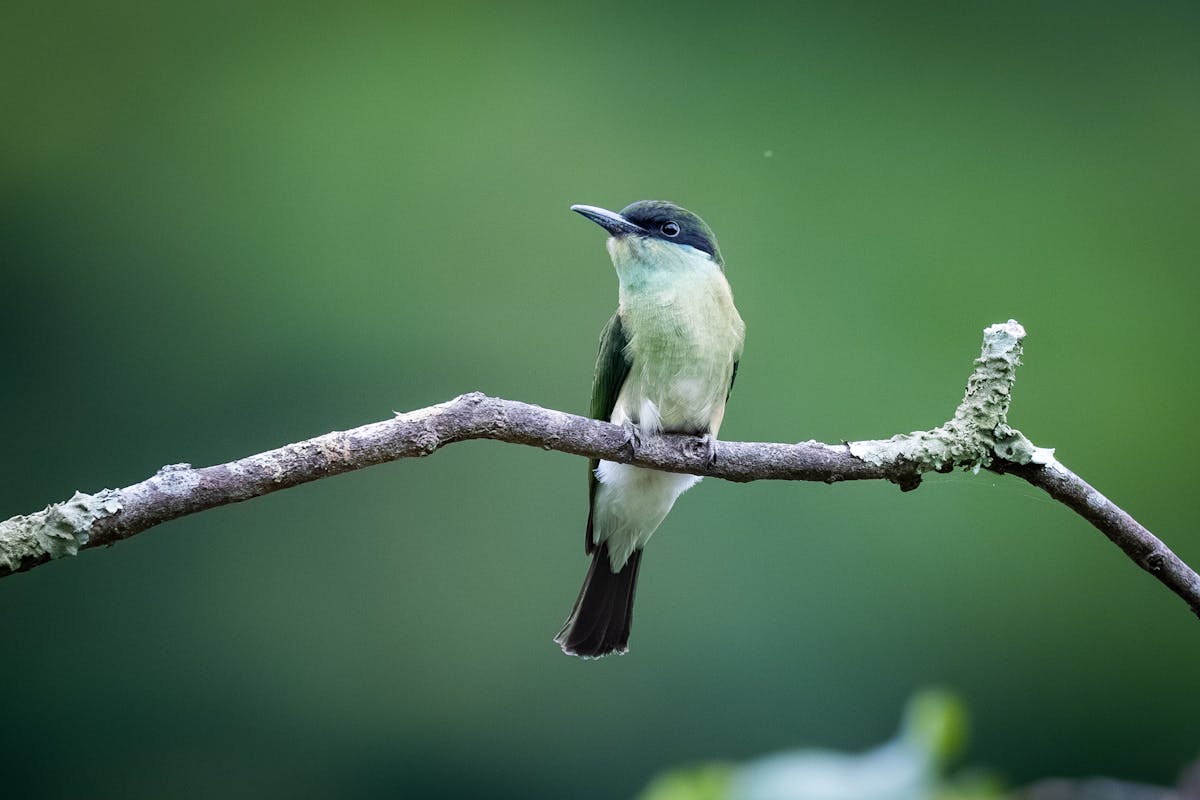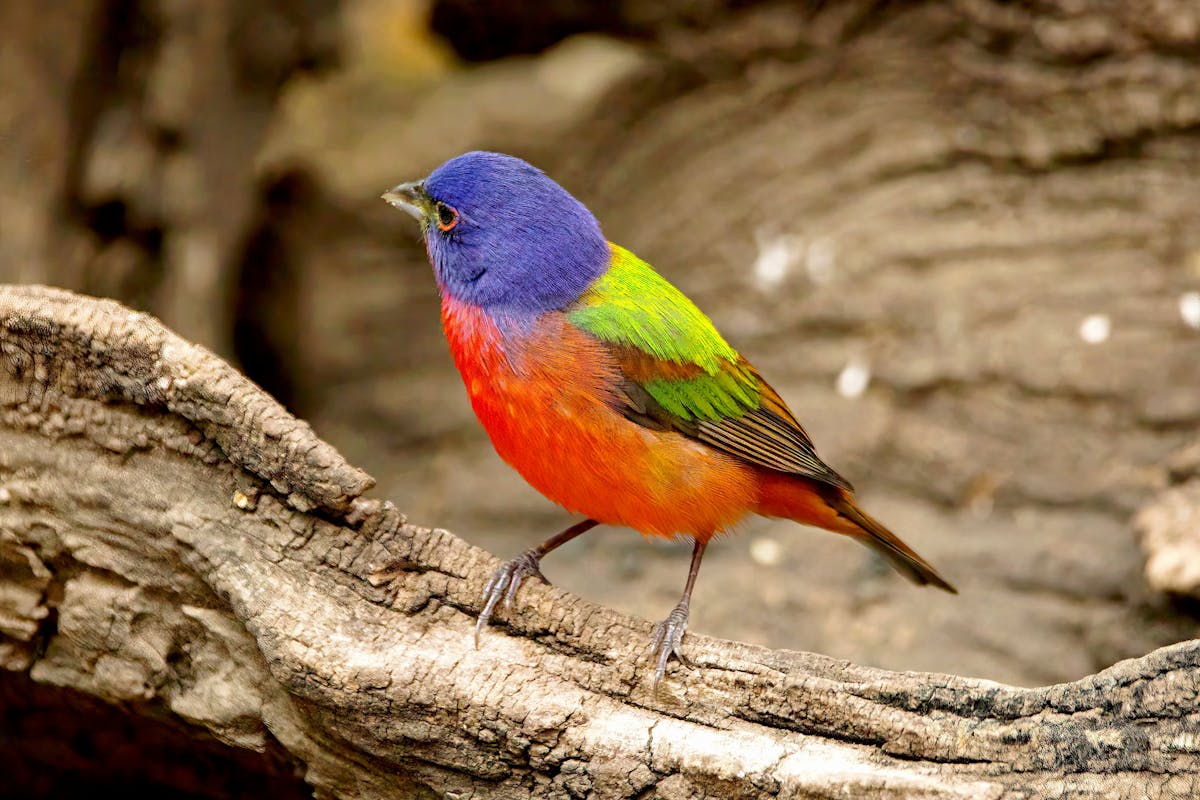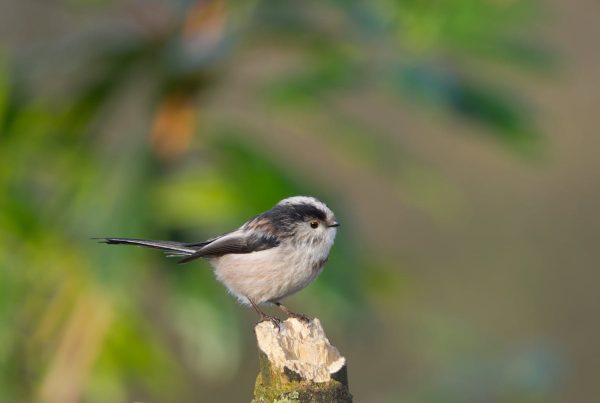
Painted Bunting Bird
Male Painted Buntings are stunning, colorful birds. They have a blend of blue, green, yellow, and red. There is a immature and Female are a distinctive bright green with pale eyering. These songbirds mainly breed in the coastal Southeast and south-central U.S. They also like to visit feeders.
Bird Introduction — Painted Bunting:
The male painted bunting is often called the most beautiful bird in North America. It has the nickname “nonpareil,” meaning “without equal.” Its dark blue head, green back, and red rump are easy to spot. However, it often hides in the leaves, even while singing. Female and young painted buntings are entirely green and yellow-green. This helps them blend in.
Basic Info:
- Indigo Bunting: Scientific Name: Passerina ciris
- Lifespan: Over 10 years
- Size: 4.7–5.5 in
- Weight: 0.46–0.67 oz
- Wingspan: 8.3–9.1 in
Do not allow old data to suit you.
The painted bunting lives in thickets, wooded edges, and brushy areas. A maritime hammock (or scrub community) species in the east.
Now, it has spread to roadsides, suburban areas, and gardens with thick shrubs. The wintering range is in shrubby areas near tropical forests or dense savannas.
Backyard Painted Bunting:
Painted Buntings eat seeds, especially after nesting season ends. This usually happens in mid-summer. Especially if there’s low, dense vegetation nearby, they’re more likely to visit a bird feeder.

Painted Bunting Breeding
Painted Bunting Breeding:
The breeding season runs from late April and early August, peaking in mid-May through to mid-July. The male arrives a week or so ahead of the female and begins to establish a small territory. Females build the nest, usually hidden in low, thick plants. They weave it with nearby vegetation for added strength.
Each brood has three or four gray-white eggs. They often have brown speckles. The eggs are incubated for about 10 days. Then, the young hatch and are altricial. Only the female cares for the young. The hatchlings are brooded during 12 to 14 days and fledges at that time. The female painted bunting typically lays a second brood about a month after the first eggs hatch. Cowbirds frequently parasitize nests.










